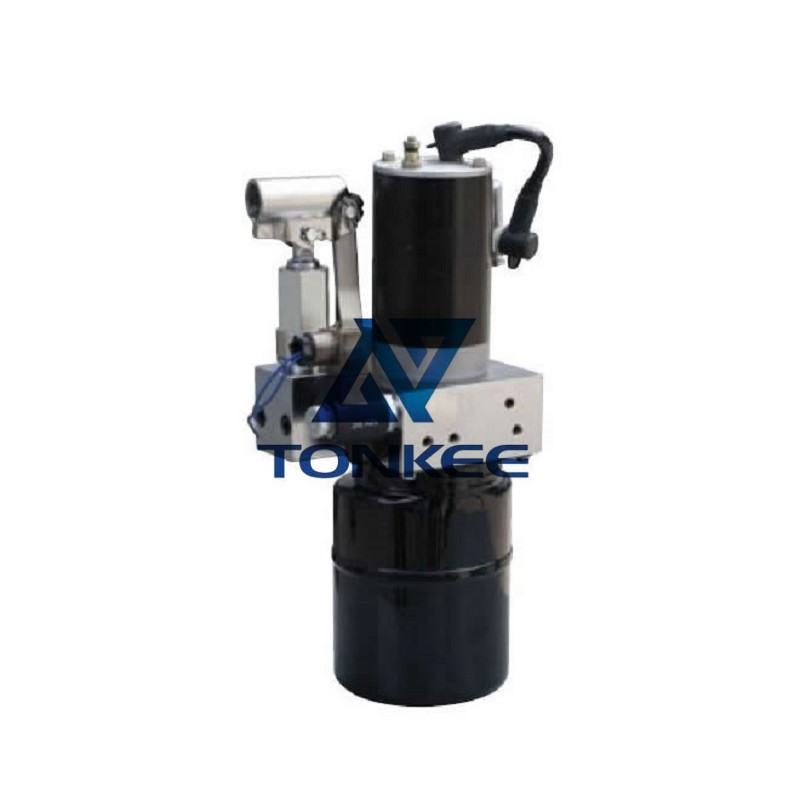
Hydraulic System Basics: Wheelchair hydraulic power units are designed based on the principles of hydraulics, which involve the use of pressurized fluid (usually hydraulic oil) to transmit force and control motion.
The key components of a hydraulic system include a hydraulic pump, hydraulic cylinder, valves, and a reservoir for hydraulic fluid.
Power Source: Most wheelchair hydraulic power units are powered by a rechargeable battery pack. These batteries provide the necessary electrical energy to operate the hydraulic pump, which then pressurizes the hydraulic fluid for various functions.
Pump Type: The hydraulic pump is a critical component of the power unit. It can be either a gear pump or a piston pump. Gear pumps are generally more cost-effective and suitable for basic wheelchair functions, while piston pumps offer higher efficiency and are used in advanced models for precise control.
Pressure Rating: The pressure rating of the hydraulic system is an important specification. It determines the maximum pressure the system can generate to perform functions like seat elevation and tilt. Typically, pressure ratings range from 1,500 to 3,000 psi (pounds per square inch).
Flow Rate: The flow rate of the hydraulic pump determines how quickly the hydraulic fluid is delivered to the cylinder. It is measured in gallons per minute (GPM). Higher flow rates provide faster movement of wheelchair functions.
Reservoir Capacity: The reservoir stores the hydraulic fluid, ensuring a constant supply for the system. A larger reservoir capacity means longer operating times between refills or recharges.
Valves: Various valves are used in wheelchair hydraulic power units to control the flow of hydraulic fluid and enable different functions.
These include directional control valves, pressure relief valves, and flow control valves.
Control System: The control system of the wheelchair power unit allows the user to operate and control the various functions of the wheelchair. It can include joystick controllers, switches, or even smartphone apps for more advanced models.
Safety Features: Wheelchair hydraulic power units come with safety features such as emergency stop buttons, anti-tip sensors, and overpressure protection to ensure the user's safety during operation.
Noise Level: The noise level produced by the hydraulic power unit is an important consideration, especially in indoor environments or quiet spaces. Quieter units enhance the user's comfort and reduce noise pollution.
Weight and Size: The weight and size of the power unit are crucial for the overall design and portability of the wheelchair. Lighter and more compact units are preferred for easier transportation and maneuverability.
Battery Life: Battery life is a critical factor, as it determines how long the wheelchair can operate between charges. Longer battery life is particularly important for users who rely on their wheelchairs for extended periods.
Maintenance: The ease of maintenance is essential to ensure the longevity of the power unit. Units with easily accessible components and user-friendly maintenance procedures are preferred.



 English
English Türkçe
Türkçe


